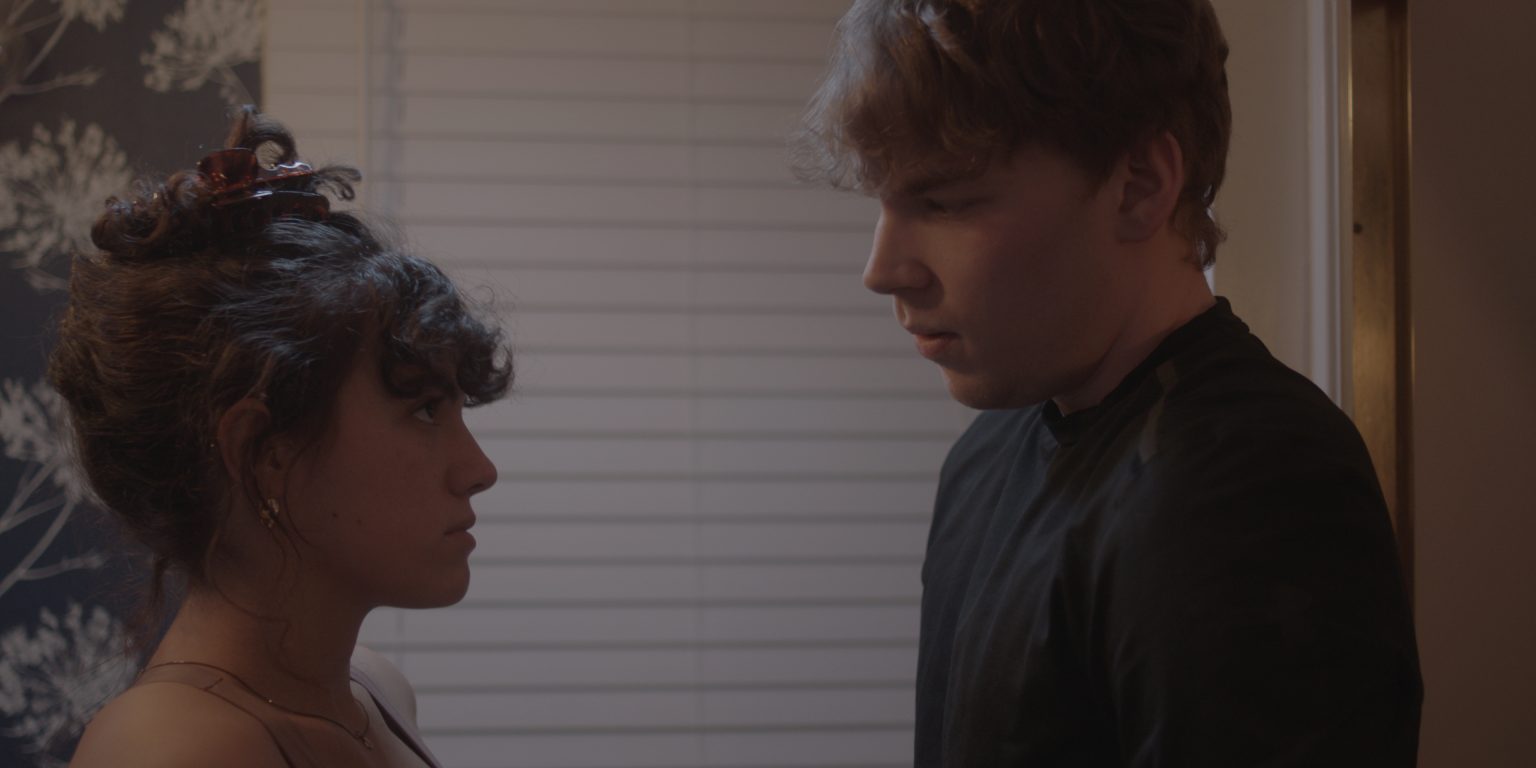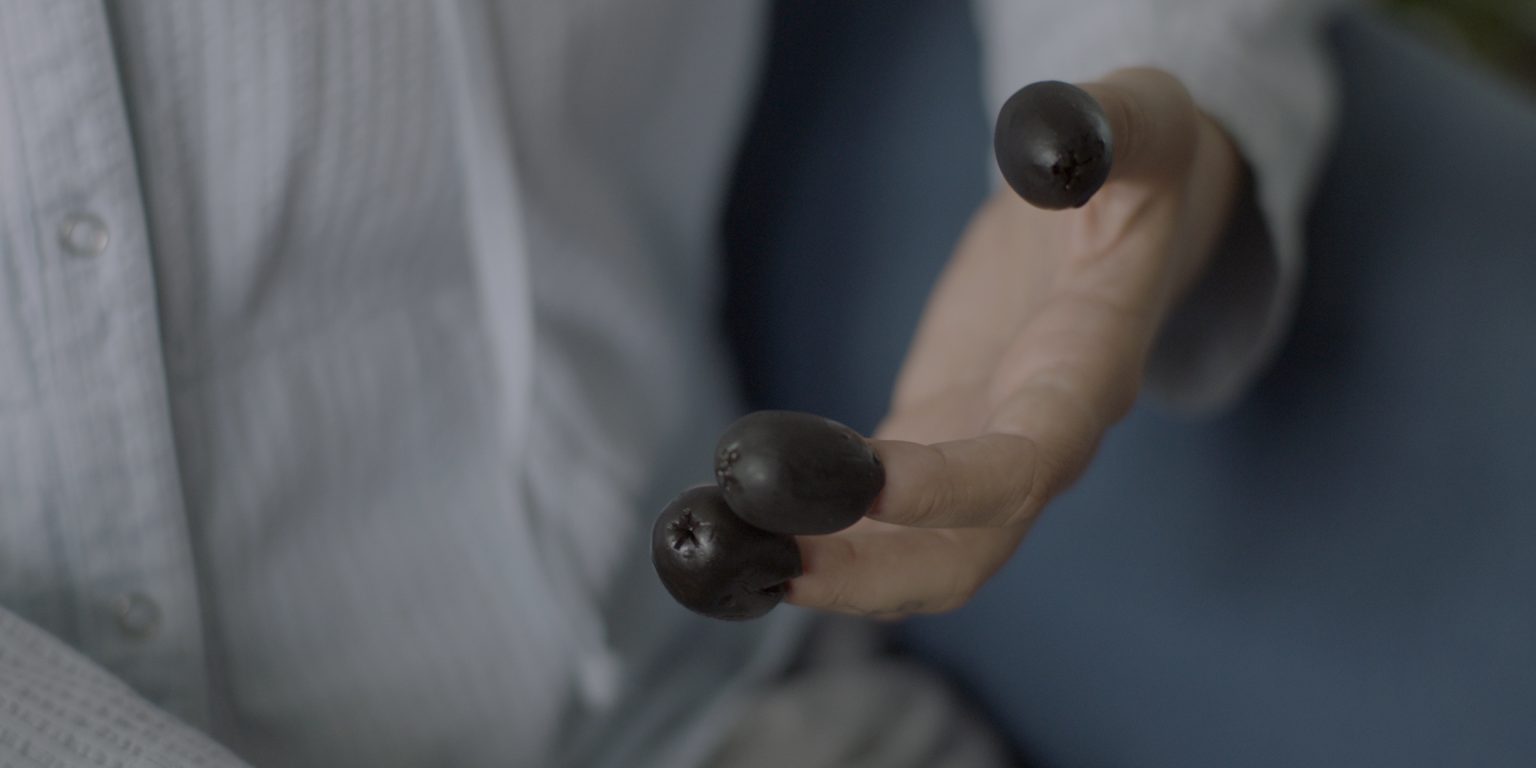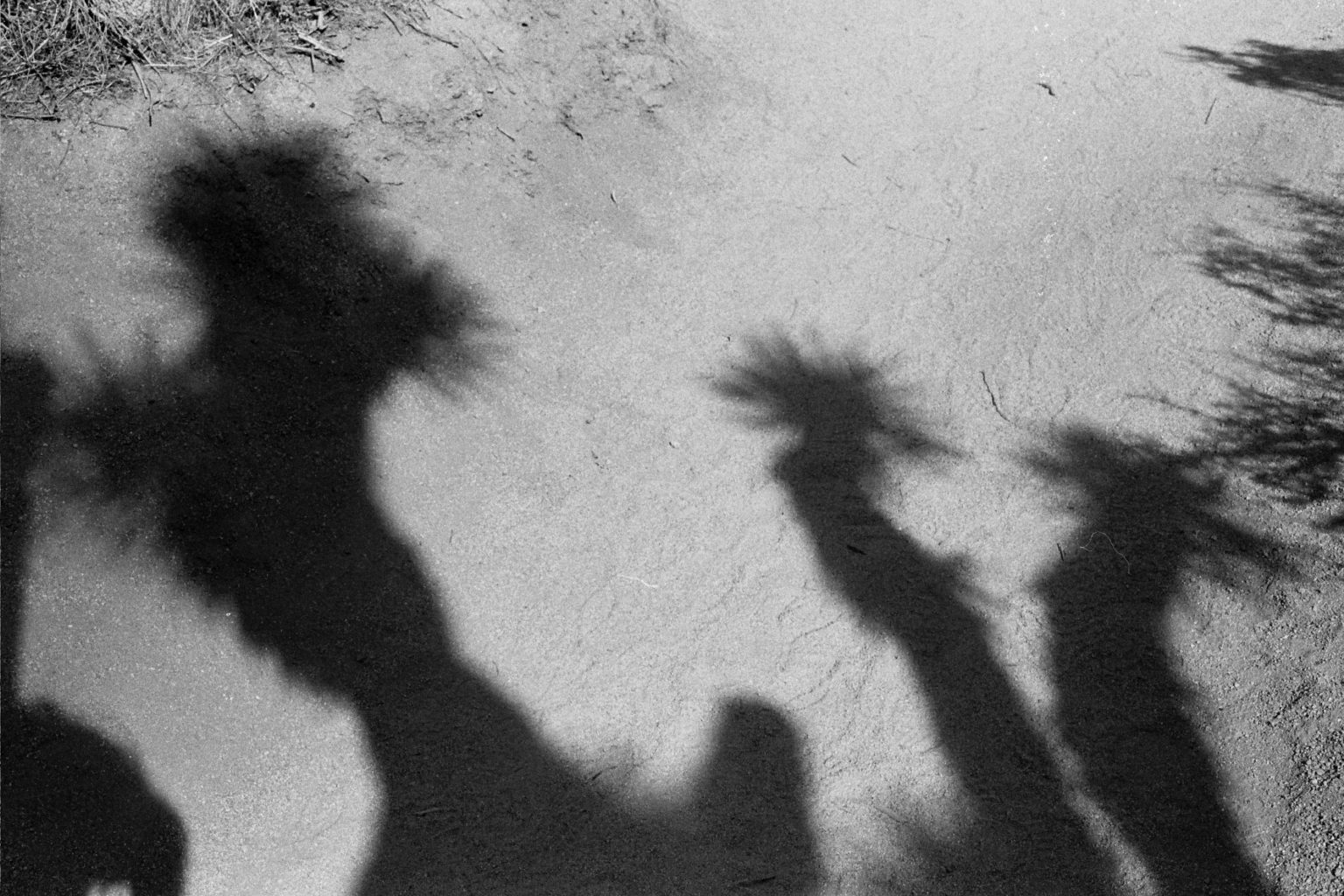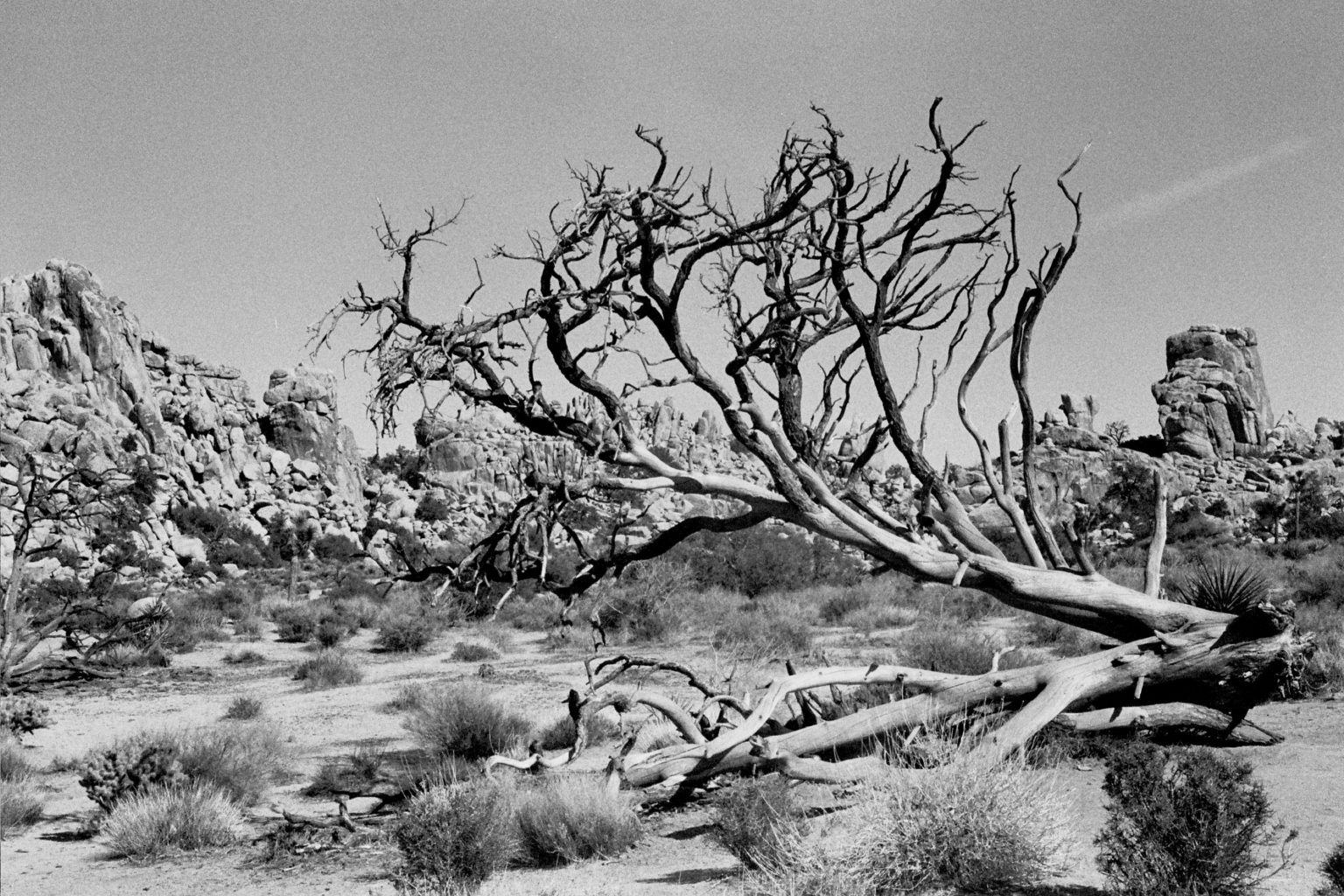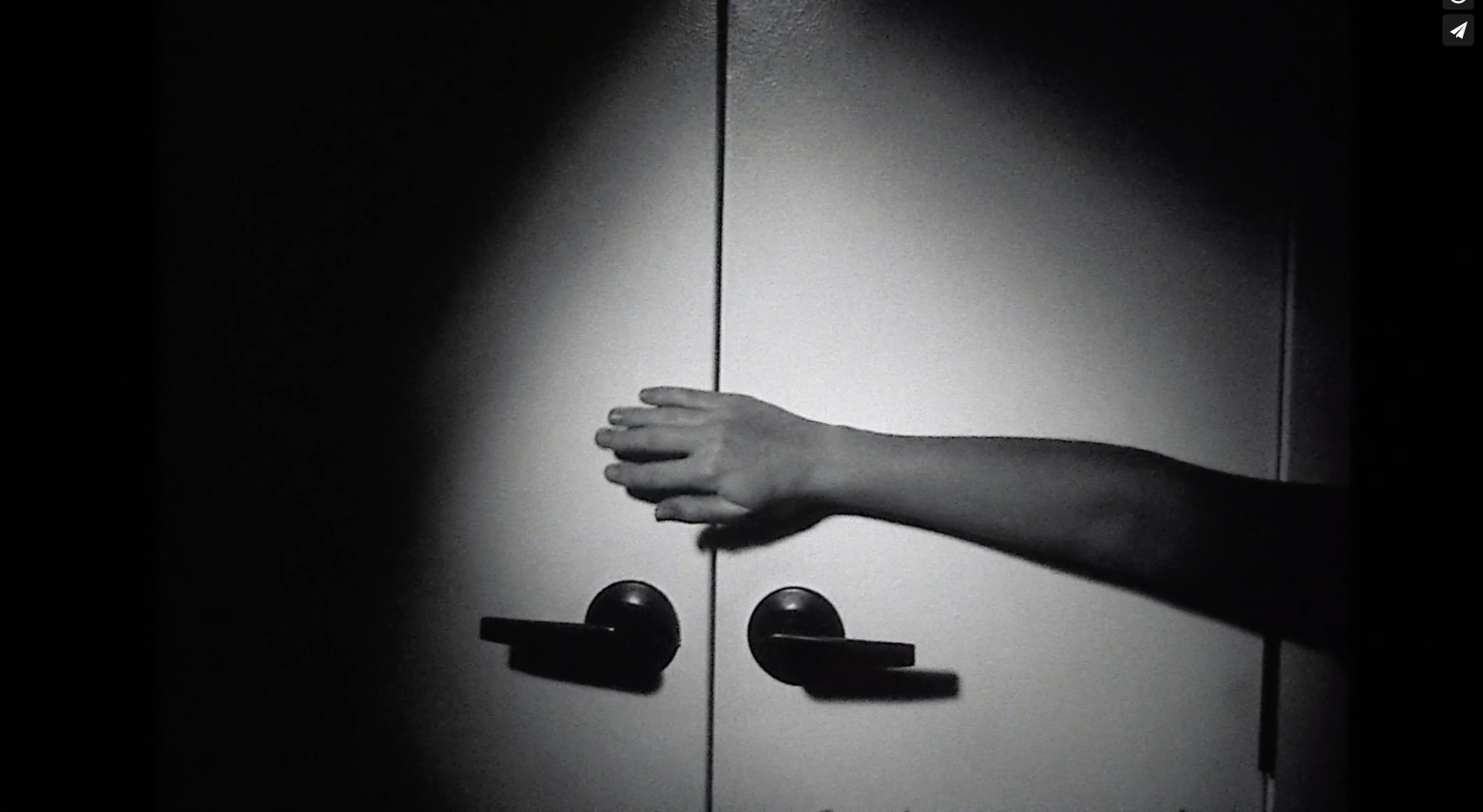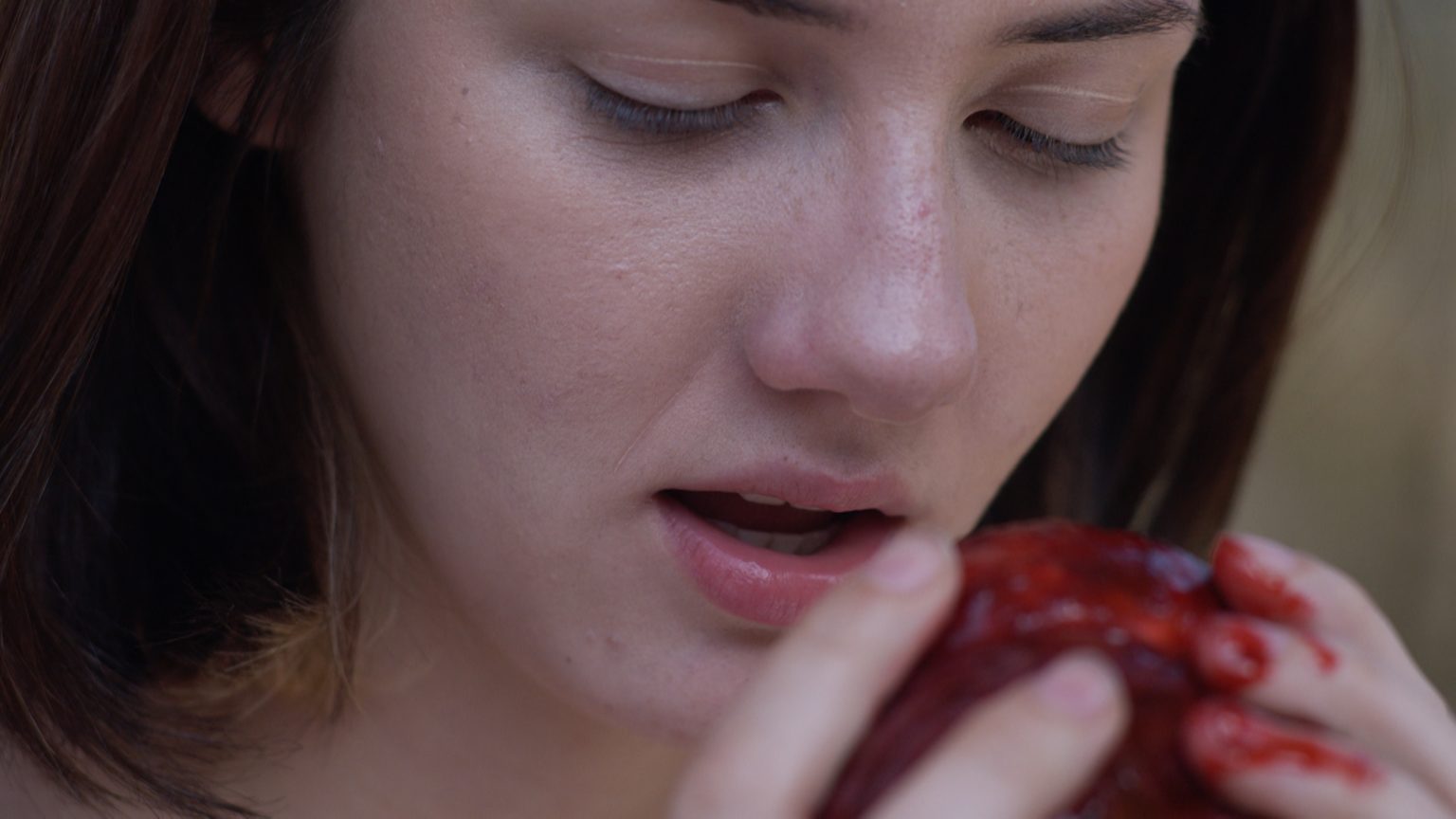Gale
Chloe White
Chloe White is a multimedia artist with a focus in filmmaking and 16mm projection. As a director she focuses on female-centered narratives through both fiction and documentary practices. Curiosity, intuition, and research drive her art-making processes in film, ceramics, photography, and writing. Along with her education at Pratt Institute in the Film/Video department, she has worked with Gigantic Pictures and Maxi Cohen Studio.
Artist Statement
Gale is named after a force of nature: a dangerously powerful gust of wind.
In writing this film I interviewed several birth mothers. I listened as they recounted their experiences as teenagers in the late sixties in America, forced to carry out their pregnancies in “Homes for Unwed Mothers” and give their children up for adoption. They expressed to me their disillusionment once the pregnancy was over, facing alienation from both their partners and families. I also spoke with healthcare workers who helped me understand the current context of adoption and female reproductive rights and health not only in New York State but the United States as a whole.
I want to call attention to the impossibility of a female subject: being lost between past and present, the world moving on while staying completely still. Gale’s life aims at normalcy but misses. She fails to fit herself into a mold which treats periods of recovery as a sort of disorienting limbo.
Nonlinearity and the somewhat contradictory clarity that comes with it is a concept that Gail Scott, a feminist poet and prose writer, explores. Her work inspired me for this film not just in the namesake of my main character, but in the disconnected cause-and-effect that occurs in her characters’ logic. Lucrecia Martel’s sensory approach to cinematography and sound design--especially in La Ciénaga and La mujer sin cabeza--informs my approach to realism in Gale.
Having a father who was adopted, the true story of his birth mother was unknown. We gained small romantic anecdotes from his birth father about her but it wasn’t until recently that I put those stories into question. What was it truly like for her, at nineteen, to have no agency over her body or her child? How did the rest of her life look and how did her relationship survive this trauma? Throughout my life, I created narratives about her that, in truth, reflected the life that I wanted to lead. It is through researching this film and reflecting on my own experiences as a woman that I have gained insight into her world.
In writing this film I interviewed several birth mothers. I listened as they recounted their experiences as teenagers in the late sixties in America, forced to carry out their pregnancies in “Homes for Unwed Mothers” and give their children up for adoption. They expressed to me their disillusionment once the pregnancy was over, facing alienation from both their partners and families. I also spoke with healthcare workers who helped me understand the current context of adoption and female reproductive rights and health not only in New York State but the United States as a whole.
I want to call attention to the impossibility of a female subject: being lost between past and present, the world moving on while staying completely still. Gale’s life aims at normalcy but misses. She fails to fit herself into a mold which treats periods of recovery as a sort of disorienting limbo.
Nonlinearity and the somewhat contradictory clarity that comes with it is a concept that Gail Scott, a feminist poet and prose writer, explores. Her work inspired me for this film not just in the namesake of my main character, but in the disconnected cause-and-effect that occurs in her characters’ logic. Lucrecia Martel’s sensory approach to cinematography and sound design--especially in La Ciénaga and La mujer sin cabeza--informs my approach to realism in Gale.
Having a father who was adopted, the true story of his birth mother was unknown. We gained small romantic anecdotes from his birth father about her but it wasn’t until recently that I put those stories into question. What was it truly like for her, at nineteen, to have no agency over her body or her child? How did the rest of her life look and how did her relationship survive this trauma? Throughout my life, I created narratives about her that, in truth, reflected the life that I wanted to lead. It is through researching this film and reflecting on my own experiences as a woman that I have gained insight into her world.
MOON BIRD
A 16mm found footage film that utilizes scratching techniques on both the optical sound and visual material.
my ROOM
An exploration of privacy and the invasion of it through our own self-image. Shot on the Bolex using Kodak Tri-X 16mm film.
